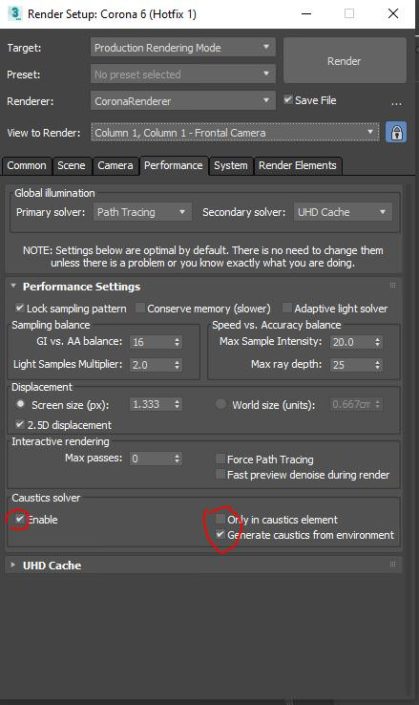

In graphics memory, volume data is stored as a stack of 2D texture slices or as a single 3D During rendering, optical properties are accumulated along each viewing ray to form an image of the data (see Figure 39-2).įigure 39-2 The Process of Volume RenderingĪlthough the data set is interpreted as a continuous function in space, for practical purposes it is represented by a uniform 3D array of samples. Properties, such as color and opacity (Max 1995). These techniques use an optical model to map data values to optical 39.2 Volume Renderingĭirect volume rendering methods generate images of a 3D volumetric data set without explicitly extracting geometric surfaces from the data (Levoy 1988). Section 39.6 concludes with a summary of relevant performance considerations. Section 39.5 describes advanced techniques for incorporating more realistic lighting effects and adding procedural details to the Sectionģ9.4 provides additional implementation details, which expand the capabilities of the basic volume renderer. Section 39.3 describes the components of a typical texture-based volume rendering application, and illustrates it with a simple example.

Section 39.2 introduces the terminology and explains the process of direct volume rendering. Offer a great level of interactivity without sacrificing the quality of rendering. Texture-based techniques are easily combined with polygonal algorithms, require only a few render passes, and

2003, Krüger and Westermann 2003), this chapter describes texture-based volume rendering only. Although it is possible to implement other popular volume rendering algorithms on the GPU, such as This chapter describes volume rendering techniques that exploit the flexible programming model and 3D texturing capabilities of modern GPUs. Users of interactive volume rendering applications rely on the performance of modern graphics accelerators for efficient data exploration and feature Examples include visualization of data acquiredīy medical imaging devices or resulting from computational fluid dynamics simulations. In addition to modeling and rendering volumetric phenomena, volume rendering is essential to scientific and engineering applications that require visualization of three-dimensional data sets.


 0 kommentar(er)
0 kommentar(er)
